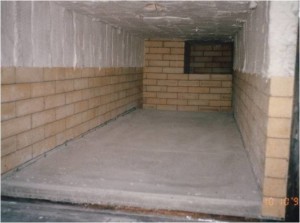An obituary (“newspaper announcement” “death notice”) has a standard format, and typically contains four parts.
1) Who, When, Where, How are all in the first part.
SMITH, John
Passed away peacefully, at home, after a courageous battle with cancer, on Monday, January 1st, 2015, at the age of 92.
2) The second part contains familial information, usually listed in descending order from closest relative to most distant.
Beloved husband of Jane Smith, loving father of James (Janet) Smith, proud grandpa of Jake Smith and Jill Smith, dear brother of Jim Smith. Predeceased by his parents, Jacob and Jennifer Smith.
3) The third part is for biographical details.
John was an active member of Grace Church, a dedicated lawn bowler, and a long-time employee of Toyota. He loved spending time with his grandchildren, and gardening.
4) The final section contains service information.
Visitation will be held at ABC Funeral Home, 123 Main Street, on Tuesday, January 2nd, from 2-4pm and 7-9pm. Funeral Service will be held in the Chapel of the Funeral Home on Wednesday, January 3rd at 11am, with cremation to follow.
In lieu of flowers, donations may be made to the charity of your choice.



